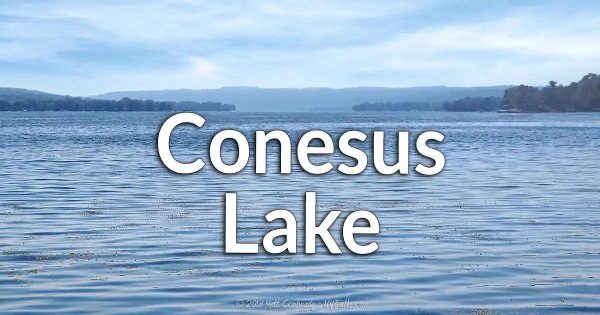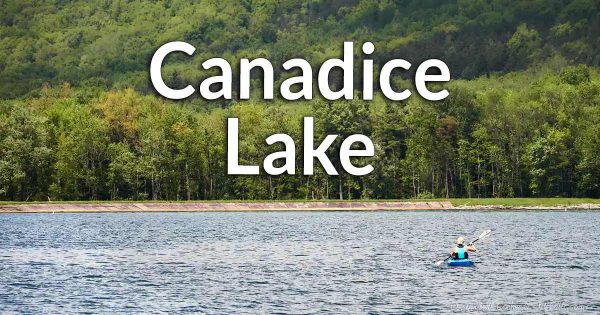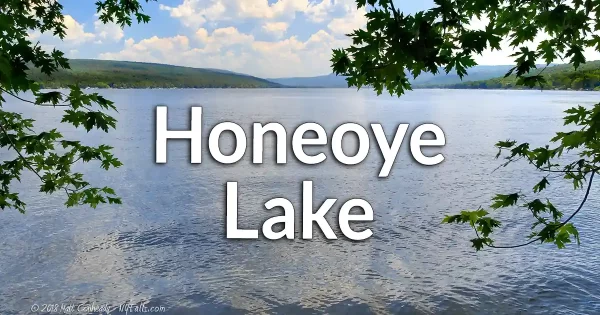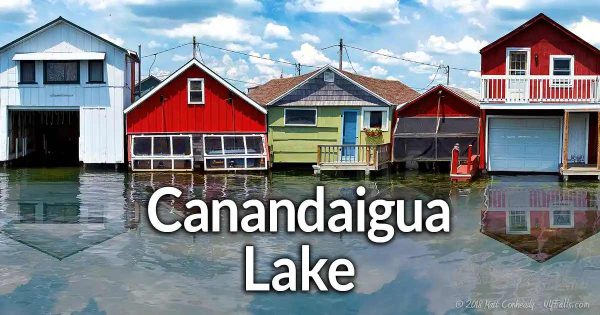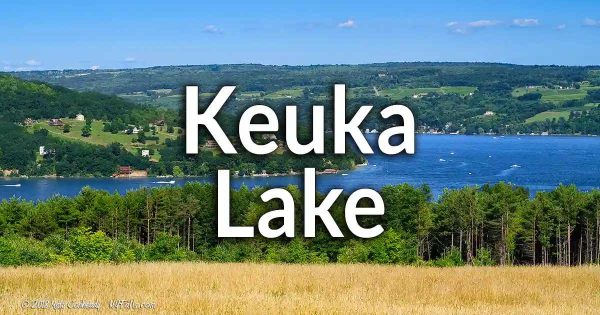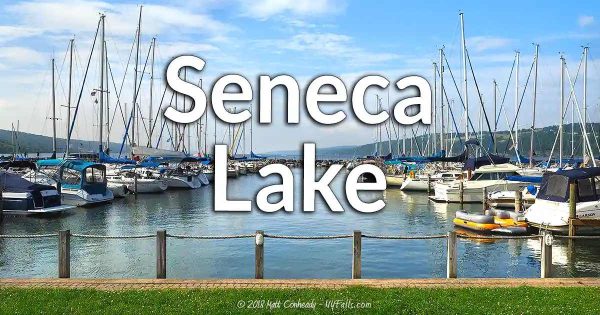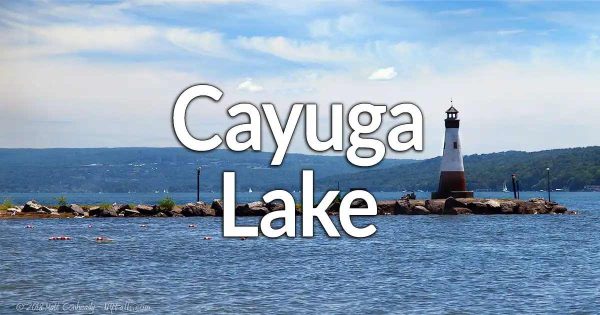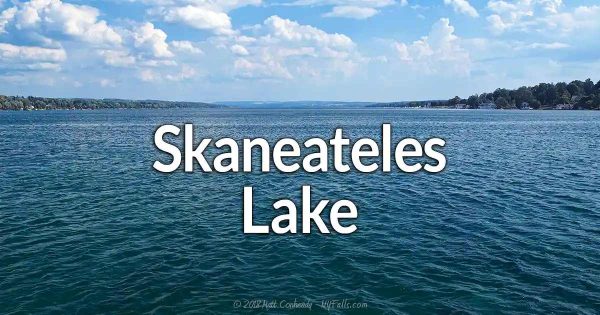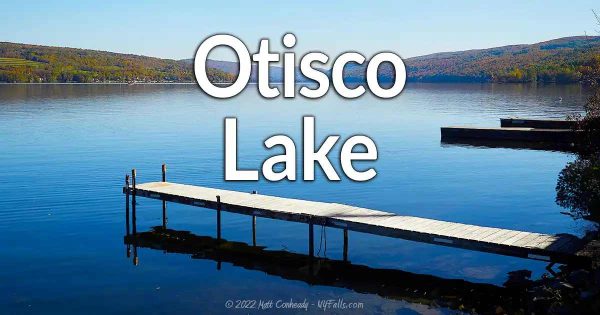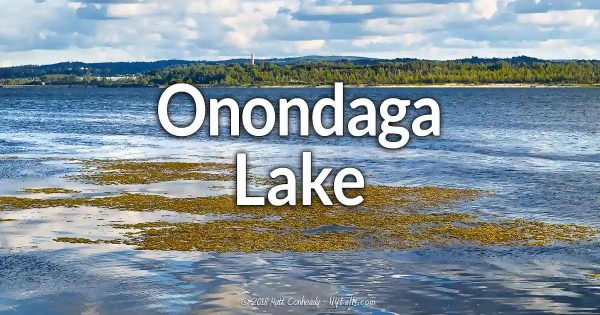Finger Lakes Guide
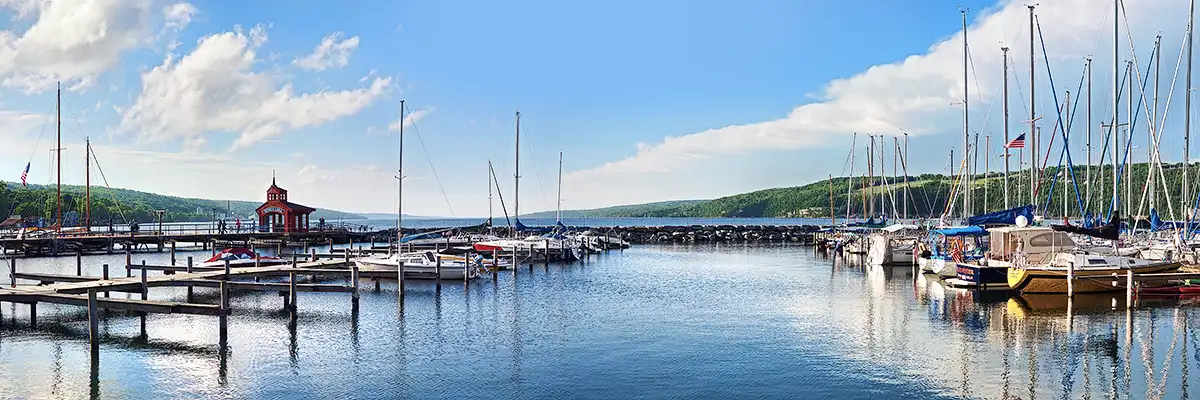
The Finger Lakes region in upstate New York is a breathtaking area renowned for its natural beauty and vibrant communities. Named after the 11 long, narrow lakes that resemble the fingers of a hand, this region offers a plethora of recreational activities, picturesque landscapes, and world-class wineries. Visitors can indulge in various water sports such as boating, fishing, and swimming, thanks to the crystal-clear waters of the lakes. Hiking enthusiasts can explore numerous trails that wind through lush forests and lead to stunning waterfalls, including the famous Taughannock Falls and Watkins Glen State Park. Additionally, the Finger Lakes region has gained recognition as a premier wine destination, boasting over 100 wineries that produce exquisite wines, particularly Rieslings. Visitors can embark on wine tours, tastings, and even participate in grape harvesting during the autumn season, immersing themselves in the region’s rich viticulture traditions.
Apart from its natural wonders, the Finger Lakes region offers a diverse range of cultural and historical attractions. The area is home to several charming towns and villages, such as Ithaca, Geneva, and Skaneateles, each offering its own unique charm and attractions. History buffs can explore the region’s past at museums and heritage sites like the Corning Museum of Glass and the Women’s Rights National Historical Park in Seneca Falls, where the first women’s rights convention was held in 1848. Food enthusiasts will also find delight in the Finger Lakes’ culinary scene, which showcases farm-to-table dining experiences, farm markets, and locally sourced ingredients. With its perfect blend of natural wonders, cultural heritage, and epicurean delights, the Finger Lakes region of New York captivates visitors with its charm and leaves an indelible impression of a truly unforgettable destination.
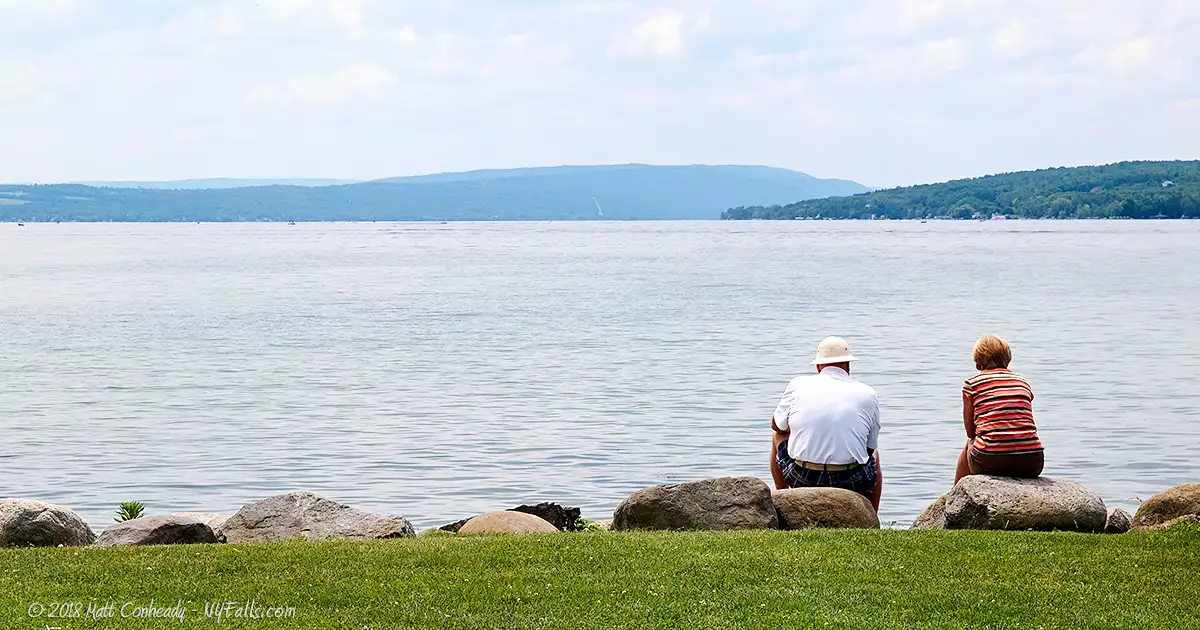
Finger Lakes Overview Map
Finger Lakes Geology
What are the Finger Lakes and what created them?
Sea and salt
Over 400 million years ago the continents of (what is now known as) Europe and North America collided. With that immense force, the Appalachian Mountain range was pushed up from the impact. At the same time, an increase in global temperature melted the ice caps enough to significantly increase the sea level. To the west of the mountains, including what is now Central and Western New York, the land flooded with a shallow sea. Marine life thrived here as fresh water from the mountains carried sand and nutrients into this sun-saturated saline ecosystem. Regular deposits of sand, silt, and mud from the mountains created the varied rock layers characteristic of the Finger Lakes Region. Sand from the eroded mountains was packed in layers and under high pressure to create sandstone. Organic-rich mud, probably deposited along the ocean floor by seasonal floods became the soft and brittle shale stone. Its organics now decayed into natural gas, the centerpiece of hydraulic fracturing mining (or fracking). Crustaceans, feeding from the nutrient-rich estuaries, amassed in these shallow oceans. The sheer volume of their colonies over time is measured in the bountiful limestone layers that cap the region’s waterfalls. Limestone is comprised of the minerals left from their shells. Salt from the occasional evaporating of the sea resulted in the massive salt deposits that created the salt mining industries that grew up around Seneca and Onondaga Lakes.
Uplift and river valleys
Around 360 million years ago, sea levels began to decline, and the land that was for millions of years covered in a shallow ocean began to uplift. By 100 million years ago, the inland sea that once covered New York would have mostly disappeared. The new land uncovered began to form a mesh of river valleys, most of which flowed south-to-north, and one valley that flowed west-to-east, carrying the drainage out to the ocean.
Ice age carving
About 2 million years ago a series of ice ages resulted in the massive deposits of snow across the northern continent. The snow packed up for miles and compressed into massive ice sheets called glaciers. The river valleys of New York filled with ice and as the glaciers slowly moved, they gouged out the existing valleys deep into the bedrock, carving out basins which would become the Finger Lakes and the Great Lakes.
As the glaciers receded, they left huge holes across the state, that filled instantly with their melt-water. The south-north flowing valleys were deepened by the glaciers and became the Finger Lakes. The west-east flowing valley that emptied to the north became Lake Ontario and the St. Lawrence River. The lakes still retain their directional flow from pre-glacial times.
Hanging valleys and glens
Erosion and carving has not ceased since the glaciers left. Smaller streams and creeks carry rainwater from the hills that surround the lake basins. Over time, they have followed the cracks and indentations in the bedrock and carved out massive glens that led to the existing lake basins. These smaller valleys hang above the larger lake valleys, and are referred to as “hanging valleys.”
Detailed Finger Lakes Guides
From west to east we have visited parks, beaches, and preserves along the Finger Lakes to construct these online guides.
Conesus Lake
Directly south of Rochester, the western-most Finger Lake, Conesus, is a popular recreational destination for residents of the city. Vitale Park on the northern end and a wildlife management area to the south offer visitors much contrast.
Hemlock Lake
With its high elevation and virtually undeveloped shoreline, Hemlock Lake provides Upstate NY with not only an excellent source of quality drinking water, but also a prime fishing location as peaceful natural area. Owned and managed by the City of Rochester, Hemlock is one of two pristine Finger Lakes with no shoreline development.
Canadice Lake
The smallest, yet the highest of the Finger Lakes, Canadice is a gem for nature lovers. Its shores are free from development and saturated with wildlife. A well-defined trail parallels the western shore, giving visitors an opportunity to walk the complete length of the 3 mile long lake. Canadice is a part of the City of Rochester as a water supply.
Honeoye Lake
Almost the smallest and certainly the shallowest of the Finger Lakes, Honeoye Lake is a place of scenic beauty. Although the density of homes and cottages along the lake are not nearly as concentrated as the other popular Finger Lakes, Honeoye is far from being as natural as Hemlock or Canadice Lakes. It does, however, represent a setting seemingly in-between.
Canandaigua Lake
With lakefront homes selling for upwards of a million dollars, Canandaigua Lake is arguably the most popular of the Finger Lakes. The City of Canandaigua to the north offers picturesque parks, plenty of shopping and dining options and Roseland Waterpark. To the south, the High-Tor Wildlife Management area and the village of Naples offer a more peaceful setting.
Keuka Lake
The “Lady of the Lakes” is easily one of the more picturesque Finger Lakes. Numerous wineries and historic small towns surround the Y-shaped “Crooked Lake,” making it one of the more popular tourist destinations. A drive down Rt 54 from Branchport to Hammondsport is a must for anyone passing through.
Seneca Lake
The largest of the Finger Lakes, Seneca Lake is the center of the region’s wine and tourism industry. Seneca Lake is surrounded by parks, offering visitors a chance to enjoy the lake from nearly every angle. The Geneva and Watkins Glen waterfronts draw visitors from all over with their breathtaking views and family-friendly atmosphere.
Cayuga Lake
The longest of the Finger Lakes and second largest in area, Cayuga Lake is also the closest to sea level. With the city of Ithaca to the south and Montezuma National Wildlife Refuge to the north, this lake has both extremes of development and natural areas. Along with Seneca Lake, the fertile surrounding hills are the hub for the Finger Lakes wine industry.
Owasco Lake
Owasco Lake, the third easternmost and 6th largest of the Finger Lakes, is one of the smaller, shallower members of the eight glacial lakes. Public access is limited to Emerson Park in Auburn; a beautiful lakefront park that cradles the northern end.
Skaneateles Lake
This is the Finger Lake with first-class water quality and one that has become a destination for visitors from around the country. Nestled on the northern tip lies the ideal small-town-America village of Skaneateles, except in December when it is magically transformed into a Dickens-era Christmas village, complete with costumed characters and horse-drawn carriages.
Otisco Lake
Once a small seasonal lake, surrounded by marshland, this eastern Finger Lake has been expanded through a series of damming projects to bring it to its current state. Bisected by a rock causeway, the northern end houses deep, clear waters, while the southern end is shallow and murky. Otisco Lake’s annual bass fishing tournament draws thousands.
Onondaga Lake
While not genuinely considered a “Finger Lake,” it was created by the same geologic process. What was once a chemical and municipal wastewater dump, is now a lake in transition. Clean-up and recovery methods are now underway and already millions enjoy the expansive, and well-developed Onondaga Lake Park. Located in Syracuse, NY, Onondaga Lake is a case study in both environmental abuse and healing.



